Homes on land and sea
Carla Guilhem and her Miami-based design studio has been responsible for a number of bespoke interiors for Van der Valk clients over the past three years. Her distinctively elegant and effortlessly feminine take on life onboard our yachts is also being applied to the latest BeachClub and Flybridge models. In this exclusive article for FLCN, Carla explains how years of experience in creating exceptional residences onshore is being translated into homes-from-home at sea…. And vice versa.
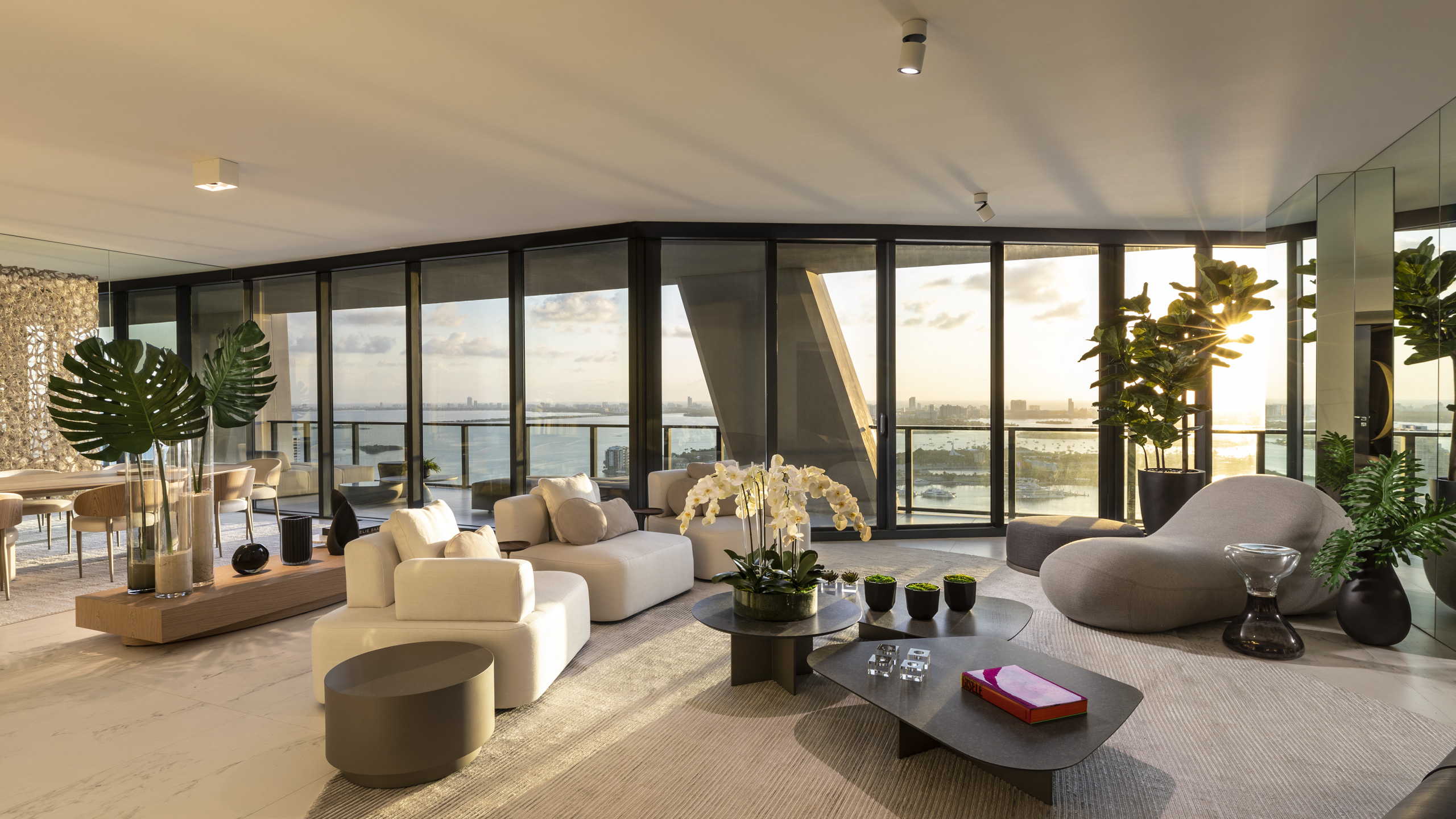
There are many people, especially in the US market, who are unaware of the extent to which they can customise their yacht. They presume that customisation of a boat is similar to cars and that you only get to choose the colours, fabric types and audio system. It comes as a surprise when I tell potential owners that creating a yacht with a high-end yard like Van der Valk is closer to designing a house. That they have the chance to create something very special, based on their own identity, lifestyle and personality. And that this option covers every likely use, from couples with children to spending time on the water with friends, including major choices such as the number of cabins.
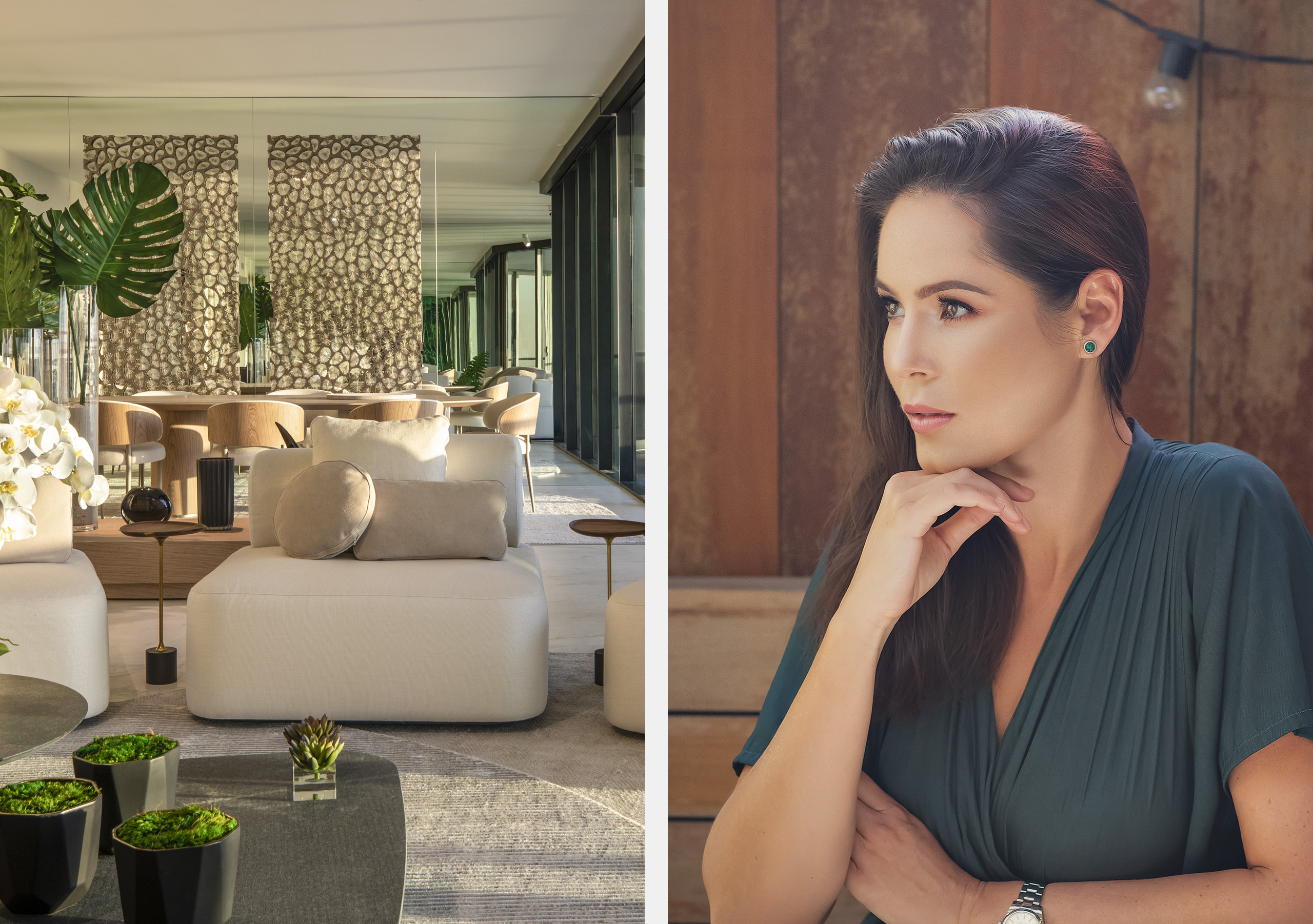
In other words, whether discussing the construction of a house or the build of a new yacht at Van der Valk, we have similar starting points. For me as an interior designer, the process of understanding the style of the clients and how my team and I can fulfil their dreams is in many ways the same for an onshore residence as for their floating home. And the process of identifying the right styles, colours, materials and so on together is equally enjoyable.
Defining design
To me design is design, and coming from a residential background brings more options, especially at Van der Valk where there is such flexibility of choice. We can utilise lots of new materials and ideas from onshore and these have given me an open mind and encouraged us to create something truly different as we optimise spaces. There are distinctive limitations when building a yacht in areas such as weight and the marine environment, of course, but the overall concept of fashioning something that no one else has is very special.
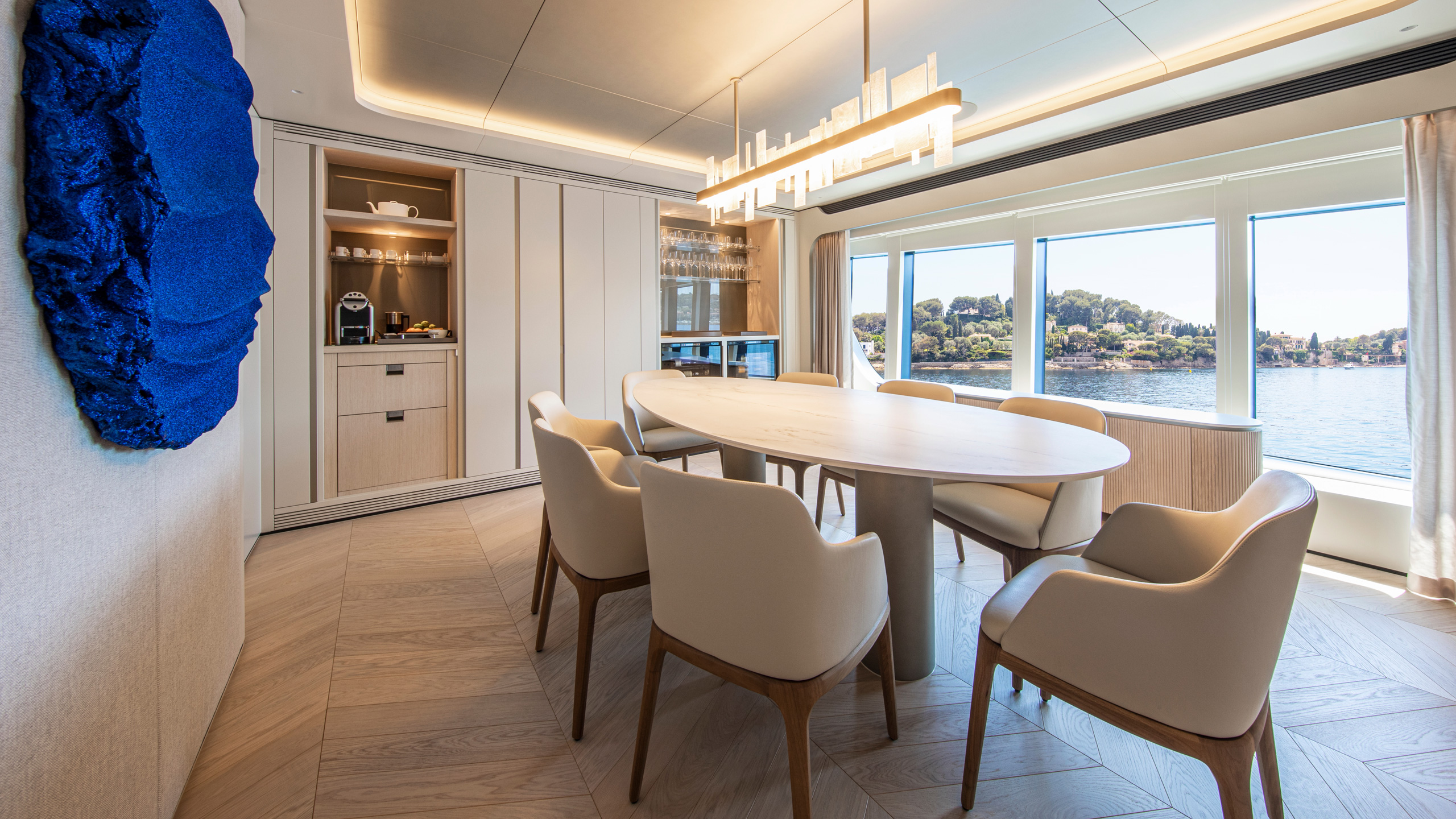
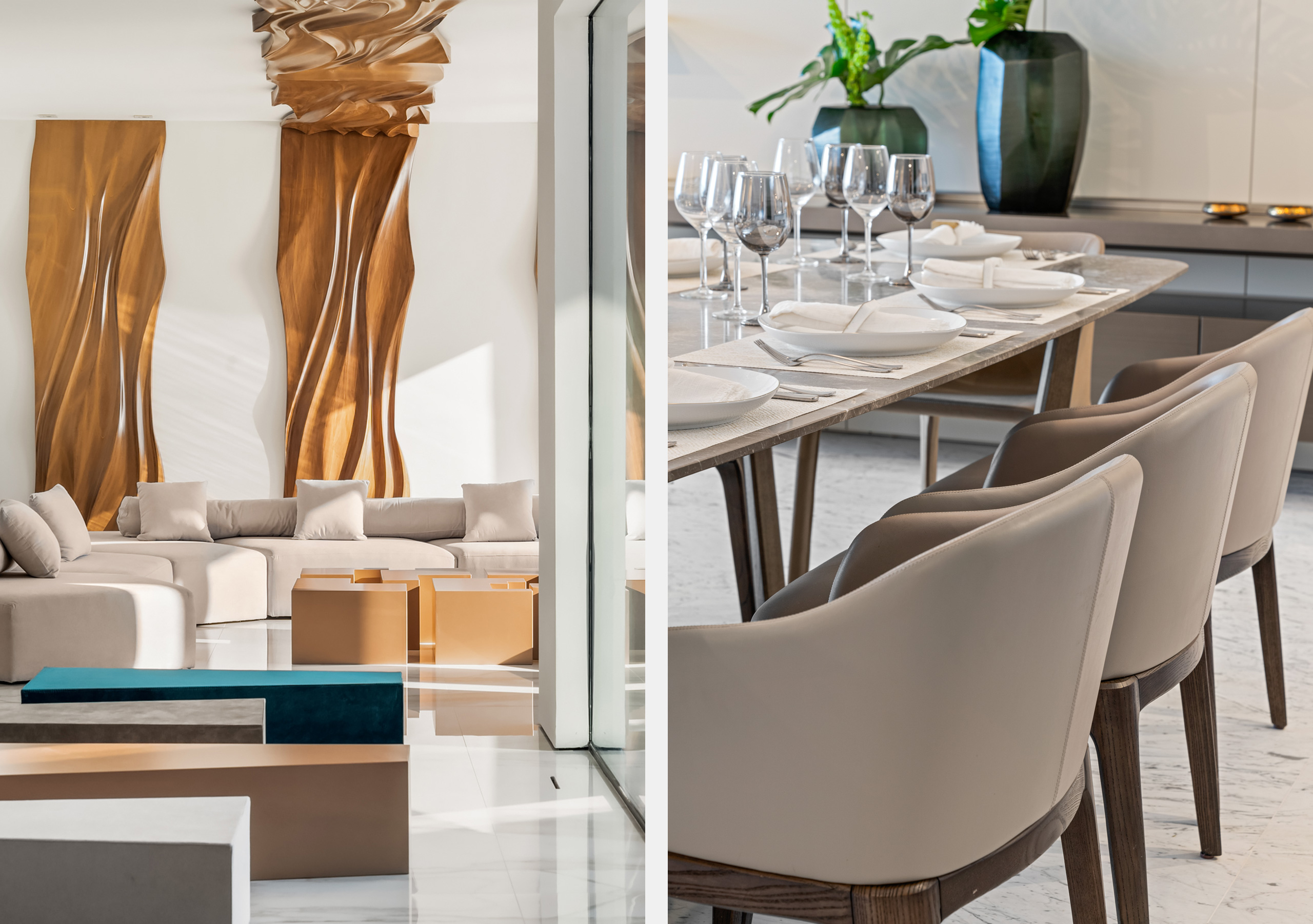
Interestingly, this process is now working in reverse too as I’ve started bringing things from yacht design into the residential sector. For instance, some of the more resilient fabrics and materials that are ideal for a maritime environment are also good in homes where kids are at play. Another example is the rounder shapes we have developed on boats to reflect the movement of the vessel – these can be cosier than sharp edges in houses too, offering a more natural ambience.
Learning curve
Moving into the yachting world did require a lot of study as there are many different factors involved and the level of design is exceptionally detailed. My first clients asked me to leverage on my experiences with their residences it and it was a steep learning curve as we had to work with ceilings, panelling and the structures behind them. Yachts are more complex and my work is a mix of architecture, interior and product design.
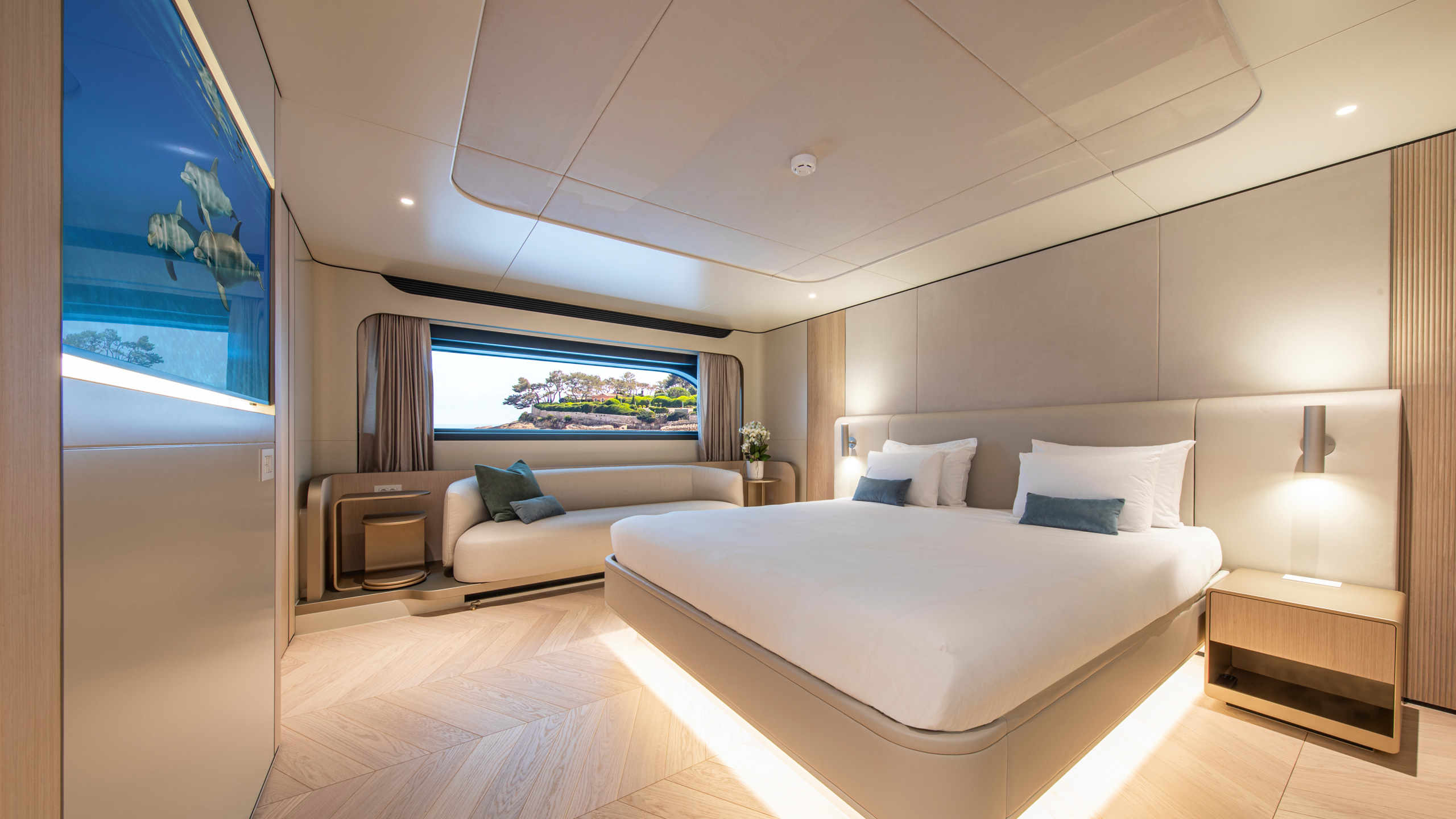
We also have to take into account factors like the ever-changing views through the windows, the use and who will be staying onboard. Yachts don’t have a singular identity as such – it’s more about the sensation the owners want to have when they are at sea. However, just as is the case on land, the journey to finding a bespoke interior style still starts with reference images, concept mood boards and material choices. It’s a privilege to be part of such an adventure…